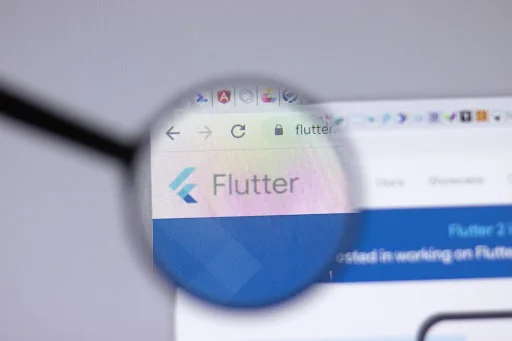The world of mobile app development was taken by storm by Flutter—and for real good reason. Thanks to its powerful UI kit, developers can create native apps for mobile, web, and desktops all from a single codebase. However, that doesn’t make building a fully functional, aesthetically pleasing UI any easier. Having a keen eye for design, understanding of UI elements for Flutter UI best practices, as well as an adherence to compliance.
You may be a developer just starting out, or a business owner seeking to learn and master Flutter UI best practices – either way, it is crucial for designing intuitive, effective, responsive, and scalable applications. Let’s take a closer look at the principles and advanced tips that can change your game in the long run.
Follow the thread — discover how this related post expands today’s key ideas.
1. Adhering to Platform-Specific Design Guidelines
As a cross-platform framework, it’s not advisable to ignore native design languages. While Android users are familiar with Material Design, iOS users expect elements reminiscent of Cupertino’s style. Therefore, app development with these details in mind can help your app look and feel the right way in each of these platforms. As a developer, you can use Theme.of(context).platform to detect the platform switch between Cupertino and Material widgets accordingly. Start with abstracting your widgets using platform-aware elements, thus streamlining code reuse.
2. Responsive Layouts Usage Across all Screens
One of the most common mistakes for Flutter beginners is keeping the design exclusive to one screen size. Thus, with users accessing apps on devices ranging from smartphones to tablets, etc, responsiveness is a must-have. Developers can utilize Flutter’s widgets, such as MediaQuery, LayoutBuilder, Flexible, and Expanded, to ensure their applications are responsive. And if you’re a business owner unsure of where to begin, you can hire Flutter experts from trusted global agencies like CodeClouds to create flexible layouts that scale across devices.
3. Understand Widget Reusability
One of the most interesting things about Flutter is its entire architecture is widget-based. Therefore, one of the smartest ways to maintain a clean and scalable code is to make use of its reusability. Start off by breaking your UI into small, reusable units. It makes both the debugging easier as well as promotes a cleaner file structure that promotes better understanding.
4. Custom Themes and Styling
When it comes to unique customer experiences, styling elements play a huge role. Hardcoding different styles throughout your app can lead to inconsistency that affects scalability. You can create object name ThemeData and pass it to the MaterialApp widget. With the right color schemens, text styles, and shape appearance to keep uniformity.
5. Smooth Navigation and State Management
Having glitchy navigation or incoherent state transitions can ruin a perfectly well-designed application. Therefore, Flutter offers several navigation and state management methods, that depends on project complexity. You can always use Navigator 2.0 for complex web apps. For mobile apps, you can choose from Navigator.push and Navigator.pop options. You can also consider using Provider, Bloc or Riverpod depending on your expertise.
6. Performance Optimization
As a business owner, the last thing you’d want is to have a slow, lagging UI. Therefore, performance optimization isn’t just about the loading time and speed, it’s also about fluid animations, minimal rebuilding, and effective memory usage. For this you can also use the const keyword as required to reduce widget rebuilds. While dealing with large lists, you can use ListView.builder tool and for minimum rebuilds, tools like ValueNotifier, AnimatedBuilder, Consumer, can also help.
7. Accessibility By Semantic UI
Today accessibility is a bare minimum, and therefore, an integral part of UI development. Flutter comes with tools that can help to build all-inclusive applications, and often overlooked. The semantics widget can make your UI accessible to screen readers. Always adding proper labels and description for buttons, sliders, and inputs, etc.
8. Testing UI Thoroughly
Having a stunning website isn’t gonna cut it, especially if it is still buggy. Therefore, testing is essential, even for dynamic apps, where the UI changes are based on user interaction. Therefore, use the flutter_test package for widget testing, and you can write unit tests for state management logic and integration tests for user flows.
Flutter provides an incredible platform to build stunning, cross-platform apps—but success depends on how well you adhere to UI best practices. From responsive layouts and reusable widgets to performance optimization and accessibility, getting these fundamentals right will ensure your app delights users and drives results.
If you’re looking to scale faster, reduce bugs, and launch a production-ready app without burning out your in-house team, hiring dedicated Flutter developers from award-winning, reliable development agencies is a smart move. After all, building great UI isn’t just about code—it’s about creating exceptional user experiences.
Unlock inspiration — explore more content built to drive your vision forward.






